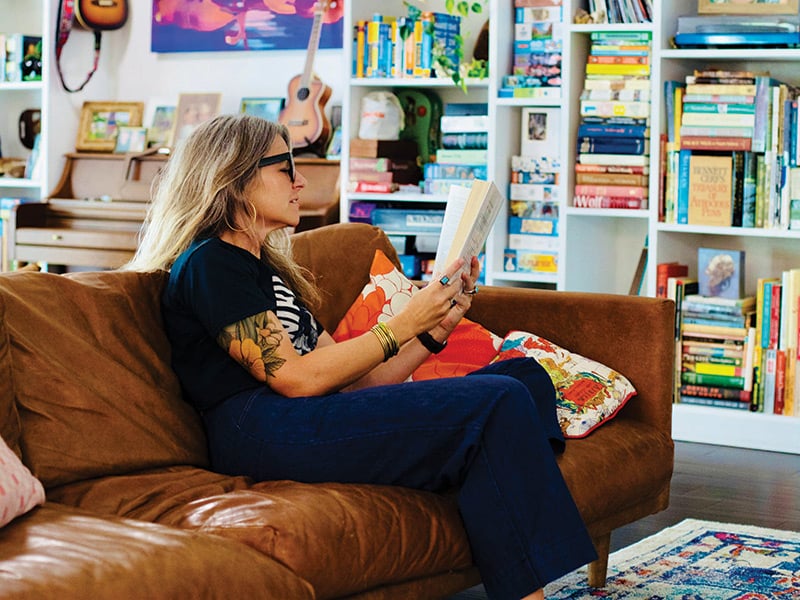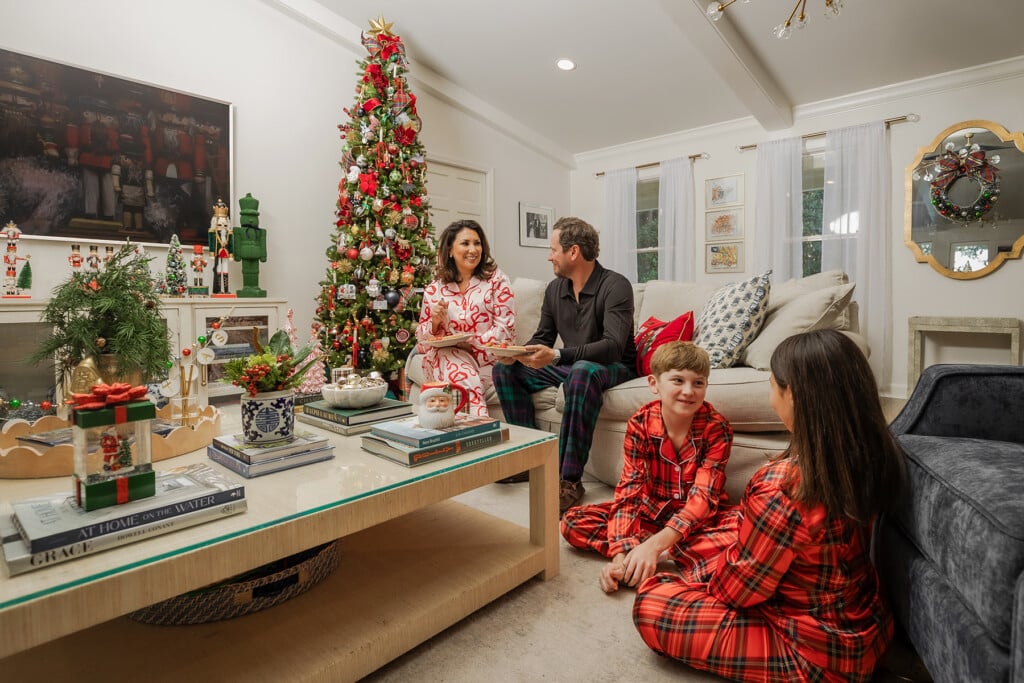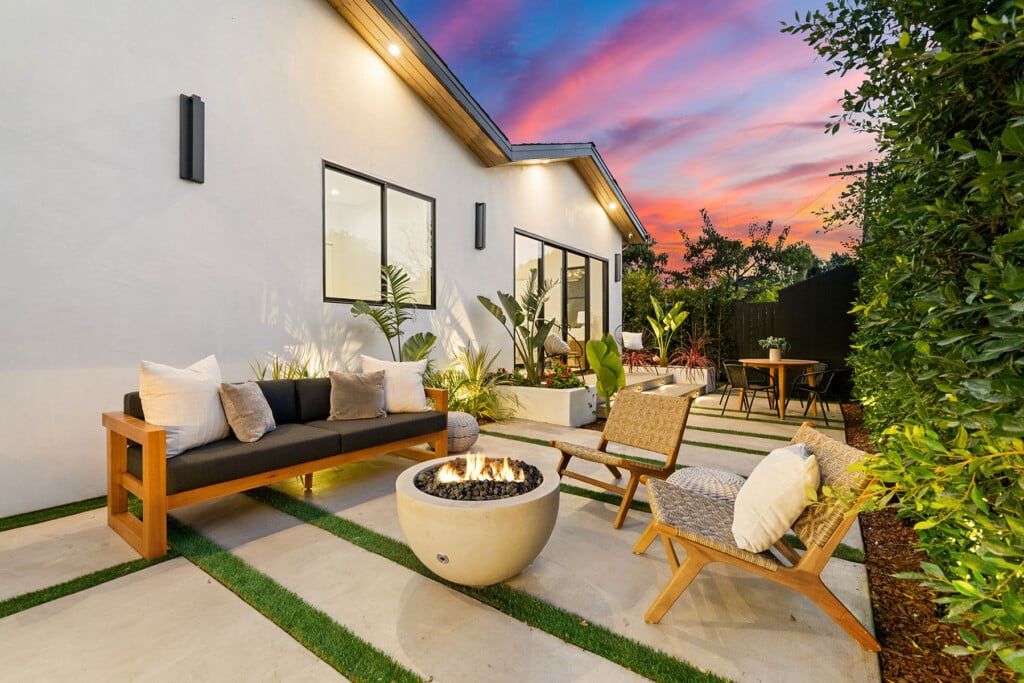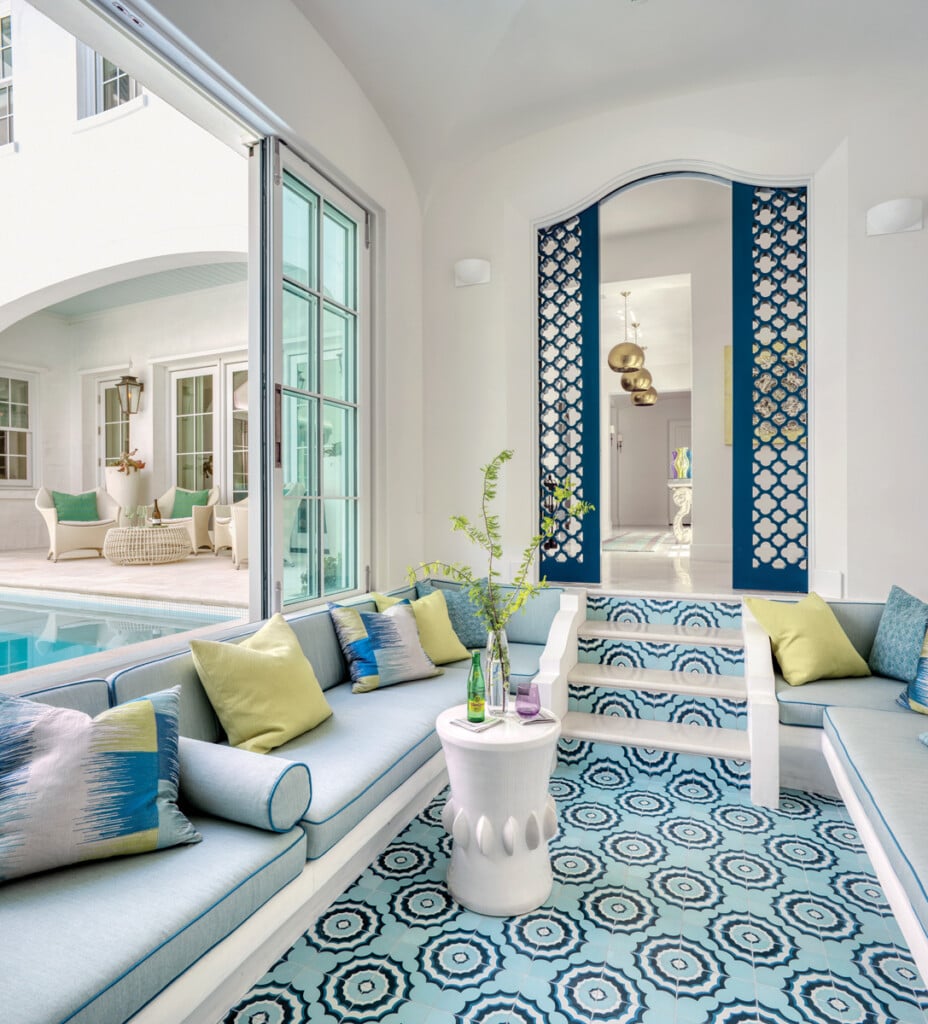Bibliophile Archives
Local bookworms share their stories, shelves and style

Method to the Madness
Armed with a genre, author, title or call number, a manual search through the aisles of any public library would quickly provide readers with the exact book they’re looking for. The same can’t be said for home libraries.
“Everything is organized the way that makes sense to my brain,” Skylar Dennis said. “I’m fairly positive that it would make no sense to anyone else.”
Though she works for the Destin Library, she hasn’t implemented the Dewey Decimal System in her home. Instead, she sorts books according
to vibes.
Meanwhile, Jenna Burger, a Fort Walton Beach teacher and restaurateur, says sentiment and theme take the lead in her home library.
“I have a whole shelf of books that help you understand people’s life experiences,” she said. There, Burger houses early slave narratives, women’s studies books, coming-of-age stories and all 11 of Toni Morrison’s novels.
“All of my books have changed my life in some way … there’s a reason why I’ve chosen them to keep in my house.”
Bookcase Builds
Dennis’ library is the stuff of dreams — floor-to-ceiling, wall-to-wall shelving; a full-size, cozy daybed; and an oversized, vintage rattan chair. All it’s missing, Dennis says, is a sliding ladder à la Beauty and the Beast. But it took some DIY elbow grease and a little help from her father to create.
Her 1953 home came at a fair price but had quirks, like too few walls. Previous renovations had created a too-open floor plan. Where Dennis might have resolved with insulation and drywall, another idea came to mind.
“We built bookcases that were inset between the studs,” Dennis said. “So it’s actually built into the structure of the house now. There are five 8-foot, floor-to-ceiling bookcases in the room. The bookcases are about 12 or 14 feet wide in total. And I think there’s about 40–45 shelves on the bookcases.”
To those planning a DIY built-in project, Dennis recommends painting the shelves before installing them.
“You’re going to ding them up putting them in, for sure,” she said. “But it’s so much easier to touch stuff up than it is to stand on a ladder for 14 hours painting bookshelves.”

In Fort Walton Beach,
Jenna Burger’s built-in unit, handcrafted by her husband, spans the length of her living room, with space for innumerable books, board games, plants and unique decor. Photography by Forever Young Images
Authentic Design
Dennis described her style as whimsigoth. Coined by architectural designer Evan Collins, the whimsigoth aesthetic combines the dark and macabre with the whimsy of fairy tales and bohemian influence.
“Just anything kitschy that kind of speaks to me in the space,” Dennis said. “I’ve got triceratops skulls, I’ve got a music box made out of copper from the ’20s or ’30s in the shape of a steamboat.”
Burger prefers a “collected, eclectic look” and designs with sentimentality in mind. Potted plants and greenery adorn her bookshelves. A collection of vintage cameras from both of her grandfathers is on display. And a record player and nearby piano complement the common-room library.
“Keep stuff that’s meaningful to you,” Burger said. “A library is not going to work unless it’s authentically what you want in your home.”
Alternatively, Dennis curates her collection by thrift shopping and “haunting Michael’s” in the fall season.
“Keep it fun and personal,” Dennis said. “It’s your space — it’s supposed to be something that makes you happy.”
Home Is Where Your Books Are
Those in small spaces, don’t fret. Every nook and cranny can become a valuable piece of library real estate. For example, Dennis stores frequently read books on floating shelves and stacks books for borrowing on coffee tables.
“Find the space that’s not going to compromise utility to have the books there,” she said.
Burger suggests making use of decorative storage to keep common space libraries decluttered. Vintage woven baskets make great catchalls for games, remotes and chargers.
No matter your style, home librarians, be warned:
“The shelving is not the expensive part,” Dennis said.
A bookworm knows where their money goes.
Know Your Hardbacks
When purchasing hardback books for aesthetic or practical preference, library technician and home librarian Skylar Dennis warns collectors to look out for low-quality binding. Some publishers and printers glue paperbacks into hardcovers and don’t reinforce them with stitching to cut printing costs. Gluing alone rarely stands the test of time, and backend shortcuts cost consumers in the long run.


